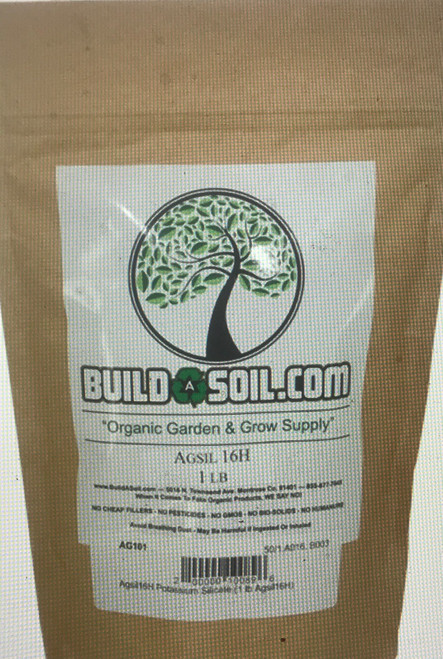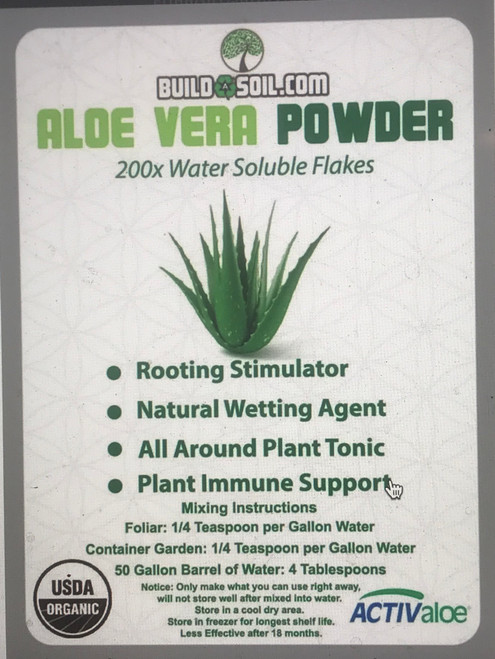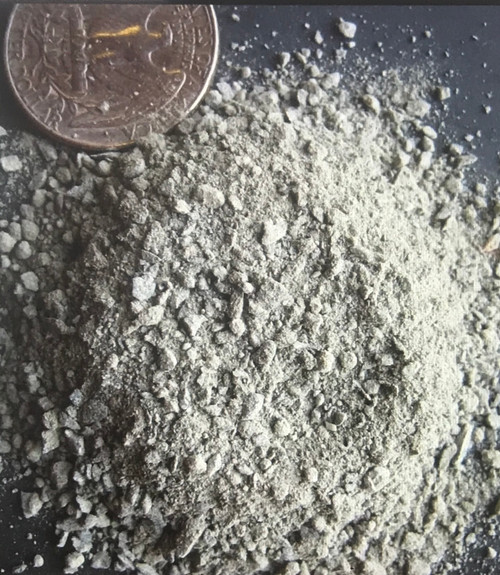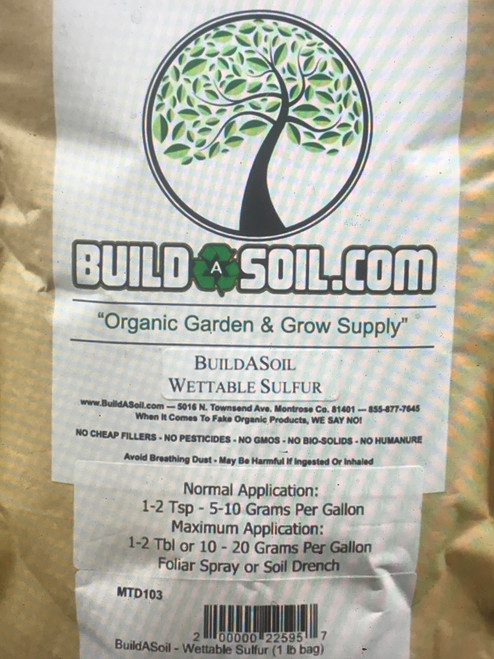AGSIL16H is manufactured by PQ corporation and is one of the few silica products on the market that is water soluble. This simple powder will save money over buying water based Silica Bottle products. This is approved for organic use as a foliar spray and is an excellent oil emulsifier.
Compare to Pro-Tekt, Rhino Skin, Silica Blast and all other Silica Bottled products. There is no secret ingredient, all are made from potassium silicate.Silica - The Hidden Cost of Chemicals A major mineral is missing in many soils and most soil tests do not even monitor its presence. This mineral can increase stress resistance, boost photosynthesis and chlorophyll content, improve drought resistance, salt tolerance and soil fertility and prevent lodging. lt can also reduce insect pressure, frost damage and destructive disease while lowering irrigation rates, neutralizing heavy metal toxicity and countering the negative effects of excess sodium. If I were to tell you that this same missing mineral can increase root growth, boost yield and enhance crop quality, you could well ask, “how could we have overlooked something so important?” and you would be correct. It has been a serious oversight. The mineral in question is silicon, and science is rapidly revealing the scope and scale of our silicon neglect. Poverty in a Sea of Abundance Silicon is not classed as an essential nutrient, but, in response to a wealth of new findings highlighting the importance of this nutrient, that status may soon change. Silicon is the second most abundant mineral on the planet. It is everywhere. Clays are alumina silicates and sand is largely silicon, so how could there be a shortage of silicon? The answer lies in the form of silicon that enters the plant. Plants uptake silicon as silicicacid and this is what is missing in the soil. Something we have done in conventional agriculture appears to have compromised the conversion of insoluble silicon into the plant available form. It may reflect a mineral imbalance or we may have knocked out some of the soil microbe species that solubilise this mineral. It is not yet understood what drove the widespread deficiency but we do know that a healthy, disease suppressive soil should contain 100 ppm of monosilicic acid (as measured in a soil analysis) and very few soils come anywhere near that mark! Little was known about the multiple roles of silicon until recently. It was known to be present in every soil but it was only when it became less plant available that it was realized that there may be a link between this loss and a host of growing problems. During the last decade, silicon seems to have become “flavor of the month” in the soil science community. Researchers have delved more deeply and hundreds of papers have been presented at the International Silicon Conferences in Brazil and South Africa. This neglected mineral is now emerging as a key player in proactive pest and disease management and the production of nutrient dense food. If you are not yet aware of the silicon story then this article should serve to fill some gaps. In Conclusion Proactivity is the essence of the biological approach. If you understand how plants protect themselves, then you provide the necessary components to maximise that process and minimize the need for chemical intervention. In this context, silicon is an essential pre-requisite for proactive pest and stress management and should be an integral part of every good nutrition program.










